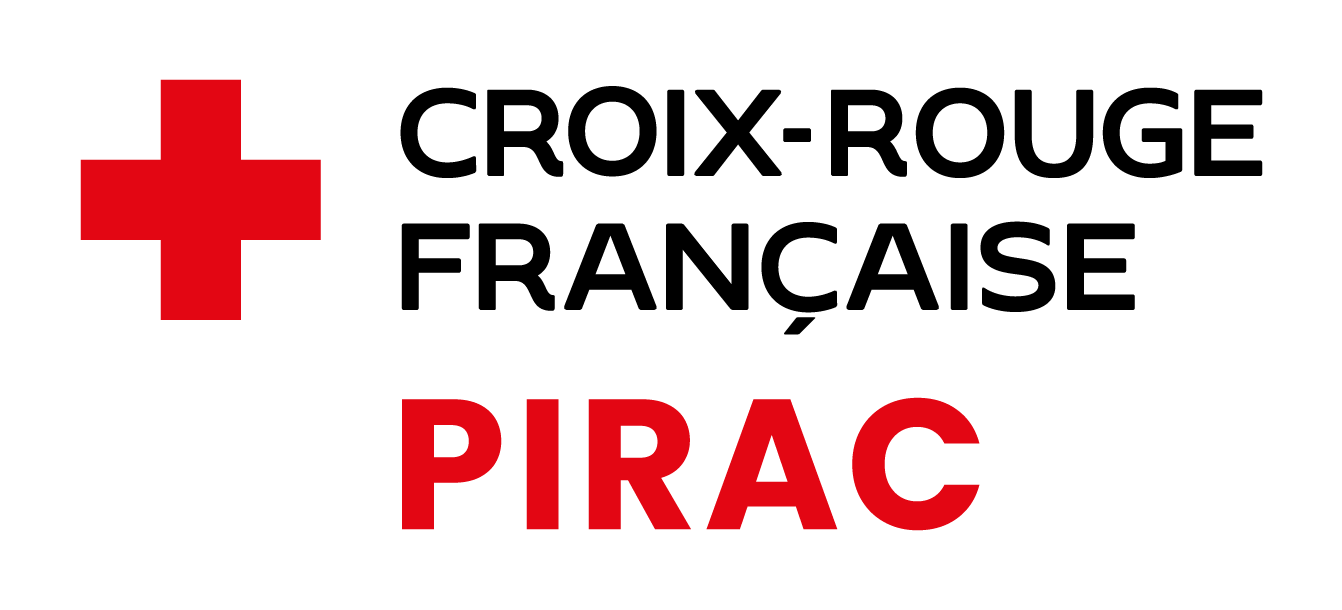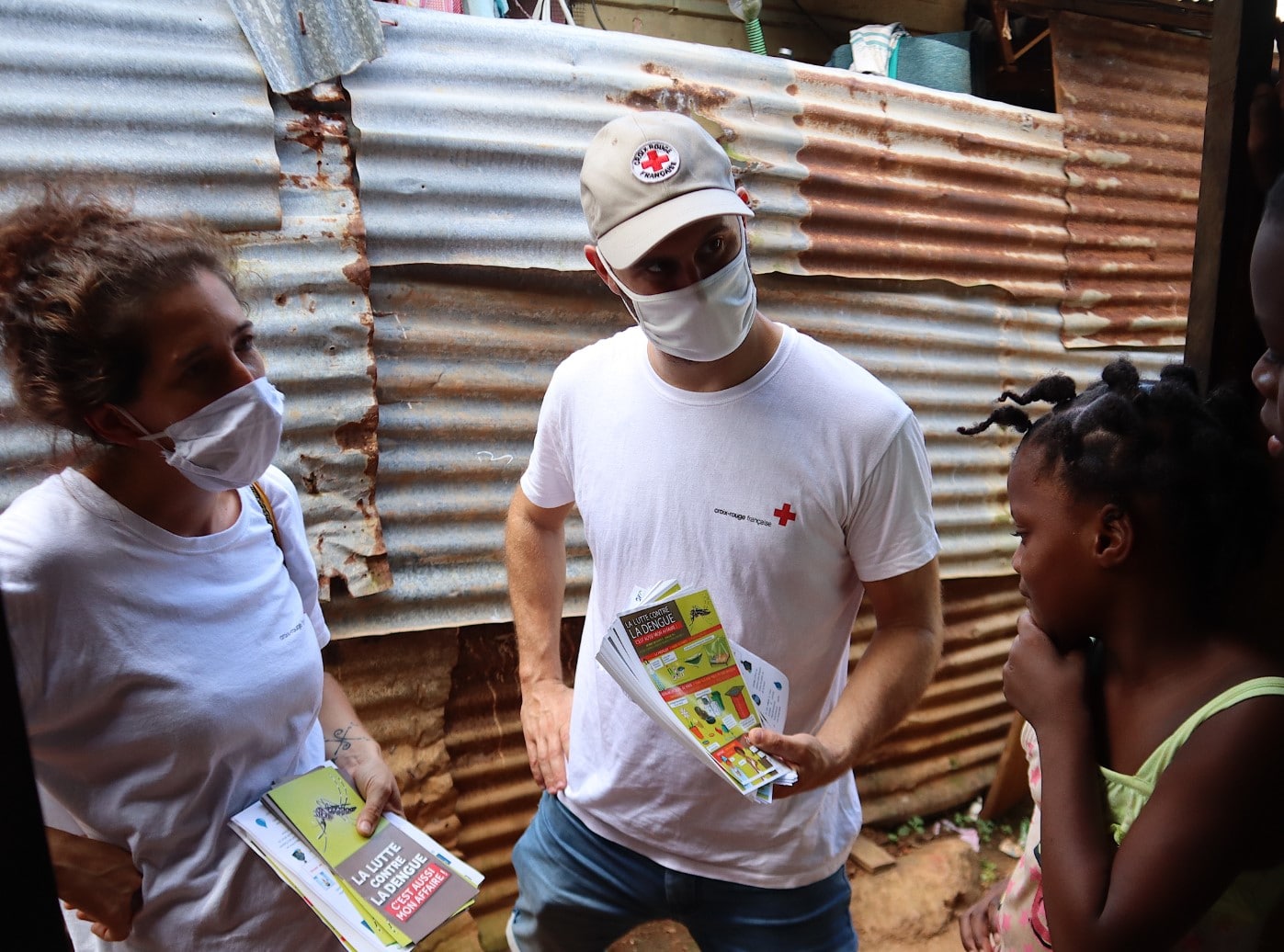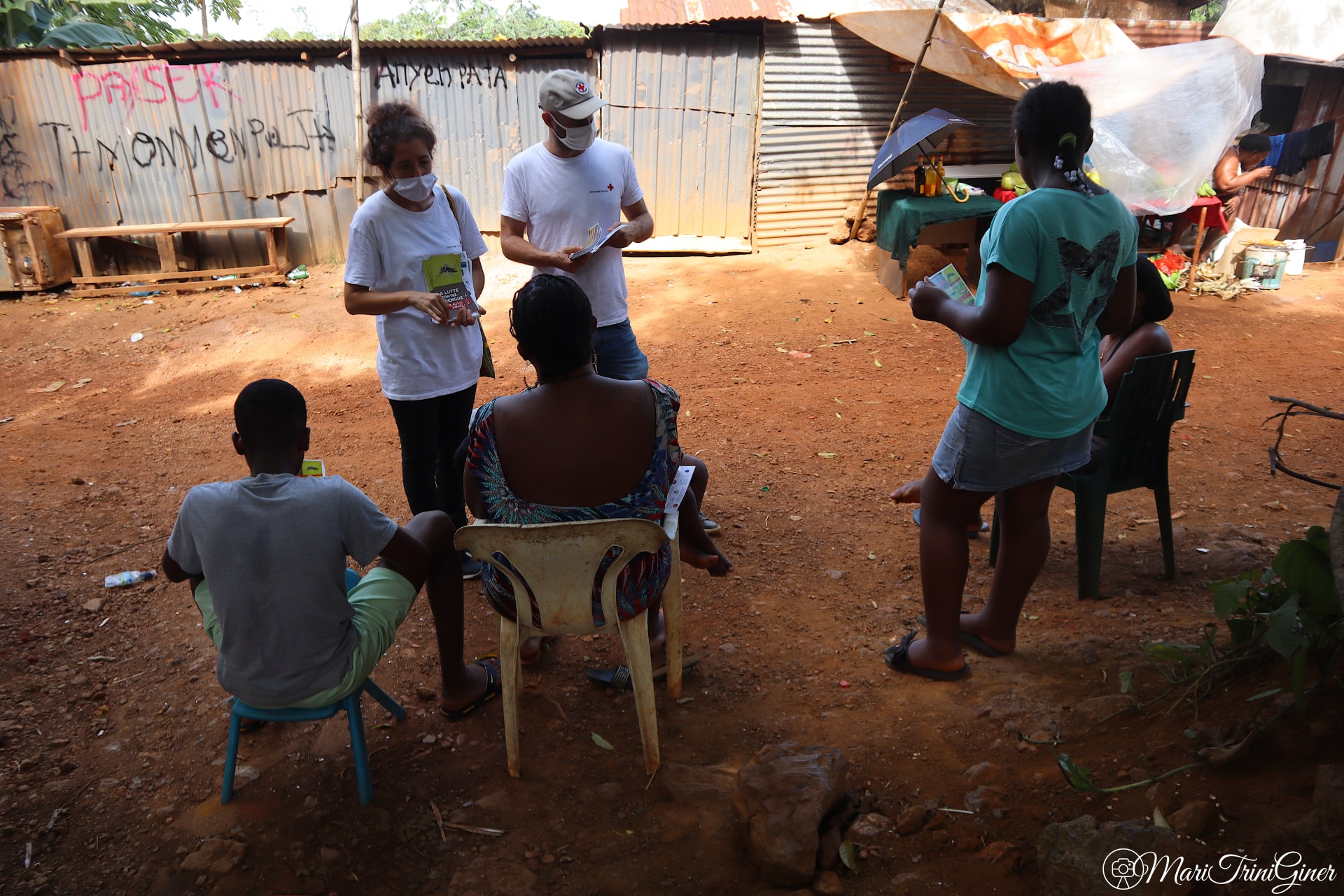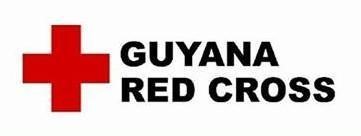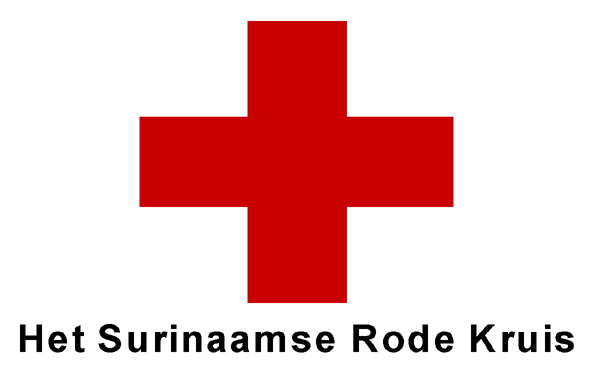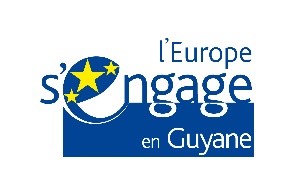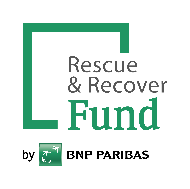Rempart Epidemic
In partnership with the Territorial Delegation of the Red Cross of Guyana, the Red Cross of Suriname and Guyana, PIRAC implements the REMPART epidemic project for the reinforcement of the epidemic control on the Guyana plateau.
CONTEXT
The territories of the Guiana Shield are regularly affected by epidemic phenomena of viral nature. The main viruses involved in recent years are Dengue, Chikungunya, Zika and currently COVID-19.
The mode of transmission of these diseases, with variable medical consequences, is characterized by the intervention of a common animal vector, the Aedes mosquito. As of September 2019, nearly 2.5 million cases of dengue in Central America and 949 deaths have been reported. As of October 10, 2019, Santé Publique France confirms 135 dengue cases in French Guiana since the beginning of the year (82 the previous month), including 128 indigenous cases.
In the first half of 2020, 1,600,947 cases of dengue fever were recorded in the Americas with a cumulative incidence rate of 164.18 cases per 100,000 people. Already present in Guyana since 2018, dengue has gradually evolved into an epidemic in the territory.
In early March 2020, the first cases of Coronavirus were identified in Guyana, Guyana, Suriname and Brazil. Despite the containment measures put in place by the governments to limit the spread of the COVID-19 pandemic, the number of cases has continued to rise. As of June 09, 2021, 31,894 positive cases in Suriname, 26,772 cases in Guyana, 36,035 cases in Guyana and 20,928,008 cases in Brazil have been registered by health authorities.
These territories are therefore strongly and simultaneously affected by two health threats, particularly impacting the most precarious and isolated people. These diseases can generate severe complications in fragile subjects and co-infection is possible. Moreover, these infections with symptoms that can be similar generate a risk of confusion between the diseases that can lead to inadequate application of prevention and protection measures among the population.
It is in this context that PIRAC in partnership with the Territorial Delegation of the Red Cross of Guyana, the National Red Cross Societies of Suriname and Guyana is implementing the REMPART anti-vector project: “Network of Expertise and Participatory Mobilization for the reinforcement of vector control on the Guiana Plateau”.
TERRITORIES
The project intervenes on 3 territories of the Guiana Shield:
- French Guiana
- Guyana
- Suriname
ACTIVITIES
The flagship activities of the project will focus on:
- The organization of a webinar and a regional meeting bringing together both research and community intervention actors in the area
The facilitation of training to support the Red Cross response capacity in case of an epidemic in the 3 territories of the Guyana plateaus including the acquisition of equipment for the Red Cross response teams - The implementation of awareness-raising activities on epidemic risk management and on individual and collective protective measures in schools and in the neighborhoods
- The strengthening of cooperation between these 3 territories in order to pool awareness and education activities on epidemic risks carried out in schools.
OBJECTIVES
Financed by the European Program of Cooperation Interreg Amazonia, the French Development Agency, the Emergency & Development Fund of the BNP Paris Group and the French Red Cross, the REMPART epidemic project started in June 2021 for a duration of 18 months. This project aims to reduce the impact of successive epidemics of infectious diseases on the populations of the Guyana Plateau.
In this sense, the French Red Cross proposes to strengthen the epidemic response capacities in the territories of French Guiana, Suriname and Guyana, through a regional cooperation approach combining :
- mobilizing regional technical expertise
- strengthening the epidemic response capacities of the Guiana Shield Red Cross
- implementation of citizen and community-based epidemic prevention actions using an integrated school approach
